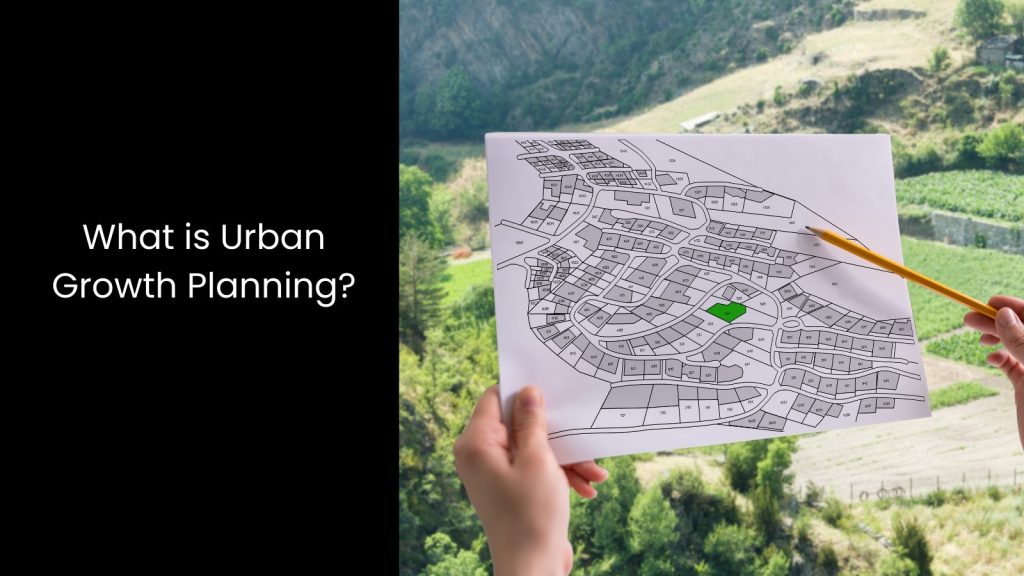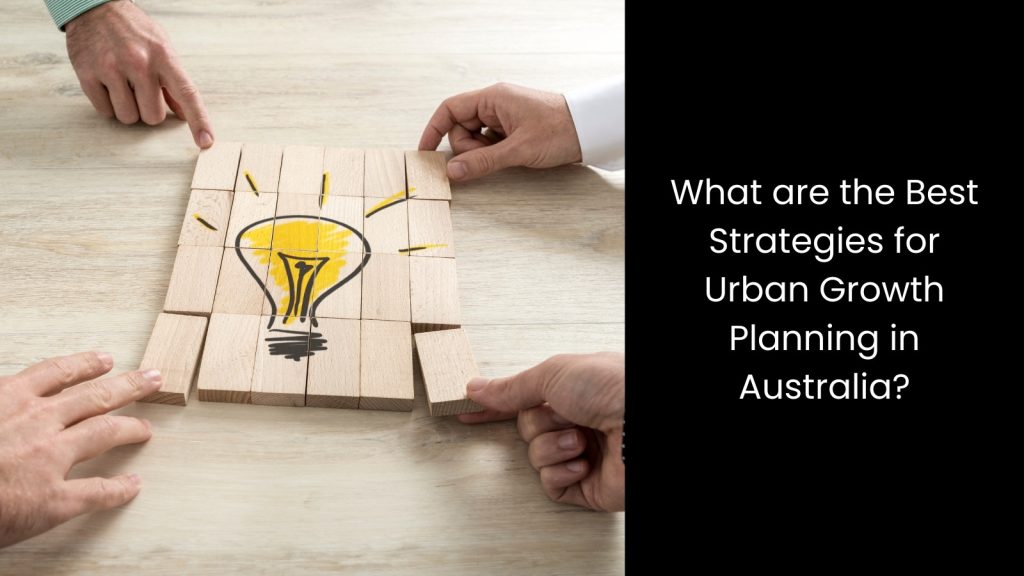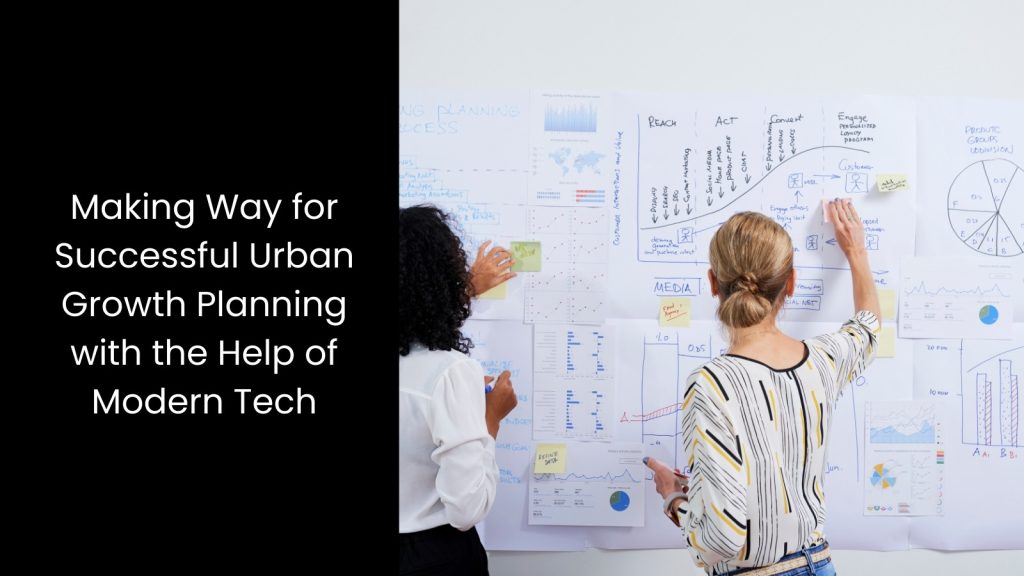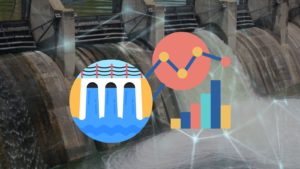In this article, we cover the strategic approach the Australian authorities should lean on to execute successful urban growth planning within the country.
What is Urban Growth Planning?

- This can be considered one of the hot topics that a developed country prefers talking about. However, many do not know the exact concept behind this.
- This means not just the development of urban areas, but designing and managing the expansion of cities to ensure they grow in a way that benefits people, the environment, and the economy. This planning focuses on how land is used, where housing and businesses are located, how transportation systems are built, and how to manage resources like water and energy efficiently.
- Urban growth planning is essential for a country because it helps cities develop in an organised way that prevents problems like traffic congestion, overcrowding, and environmental damage. If a country cannot go with proper planning, its cities can experience issues such as poor air quality, a lack of affordable housing, inadequate infrastructure, etc. This can make life difficult for residents and harm the economy.
- When they organise growth, planners can make sure cities have enough green spaces, offer affordable housing, and provide easy access to public transport. Good urban planning also helps cities become more sustainable by reducing carbon emissions, promoting renewable energy, and managing waste effectively. This not only protects the environment but also improves the quality of life for people.
- Another thing we should not miss out on is that urban growth planning encourages economic development by creating spaces for businesses and jobs while also making sure that infrastructure, such as roads and public transport, supports these areas. As cities grow, planning ensures that they can handle population increases without putting too much pressure on resources. It also helps cities adapt to future challenges, such as climate change, by including strategies to deal with floods, heat waves, and other environmental issues.
What are the Best Strategies for Urban Growth Planning in Australia?

Climate-Resilient Urban Design
As extreme weather events like floods, heatwaves, and storms become more frequent due to climate change, cities need to adapt to these challenges to protect people, infrastructure, and the environment. Incorporating climate adaptation measures such as flood control systems, heat mitigation strategies, and resilient building codes prepares cities for these impacts and makes them safer and more livable.
Plus, flood control systems, such as drainage improvements and flood-resistant infrastructure, have the ability to prevent water damage to homes and businesses during heavy rains, which are becoming more common in Australia. Heat mitigation strategies, like green roofs, shade trees, and cooling pavements, help lower urban temperatures, especially in cities facing heat waves. When they reduce the urban heat island effect, these strategies improve comfort, reduce energy use, and protect vulnerable populations.
What is more, climate-resilient urban design also helps Australia balance urban growth with environmental sustainability. If they can focus on renewable energy, efficient water use, and green infrastructure, cities can reduce their carbon footprint and conserve natural resources.
That is how this strategy builds cities that are safe, sustainable, and ready to thrive in a changing world.
Sustainable Infrastructure Development
As cities expand, the demand for resources like energy, water, and land increases, which can strain the environment. Australian cities can meet the needs of growing populations without harming natural ecosystems by focusing on sustainable infrastructure. It is a wise idea to prioritise eco-friendly infrastructure, including renewable energy systems, water-efficient practices, and waste management, to reduce environmental impact and support long-term growth.
Renewable energy systems, such as solar and wind power, help cities reduce their dependence on fossil fuels, lowering carbon emissions and promoting cleaner air. This not only helps combat climate change but also makes cities more resilient to energy shortages or price fluctuations. On the other hand, water-efficient practices, such as rainwater harvesting and wastewater recycling, ensure that urban areas can meet water demands even during droughts, a common issue in Australia. These practices conserve water resources and reduce the pressure on natural water systems.
So, as you can see, sustainable infrastructure becomes the foundation for smarter, greener cities that can adapt to future challenges.
Integrated Land Use and Transportation Planning
This indicates how it helps cities develop in a more organised, efficient, and sustainable way. As cities grow, poor planning can lead to traffic congestion, long commutes, and inefficient land use, which harm both the economy and the environment. If the authorities can coordinate urban development with transportation networks, Australian cities can reduce congestion, enhance accessibility, and promote sustainable transport options like cycling, walking, and public transit.
This integrated approach ensures that residential areas, businesses, and essential services are located near accessible transport routes. This will reduce the need for long car trips and lower carbon emissions. This also means that when cities plan where homes, offices, and shops are built about roads and transit systems, they can create communities where people can easily walk, bike, or use public transport to get around, reducing the reliance on cars.
Also, instead of expanding endlessly into rural areas, cities can focus on developing more compact, well-connected urban areas that maximise the use of existing infrastructure. This approach reduces the unbearable weight on natural resources and preserves green spaces, which are important for both the environment and residents’ quality of life.
Employing Smart City Technologies
It is a proven fact that this strategy makes cities more efficient, sustainable, and connected. We will explore how this occurs.
As urban areas expand, the need for better management of resources and services becomes the number one priority. This is when the ‘Smart City Technologies’ provide digital solutions like IoT, smart grids, and data-driven urban management systems to improve city services, optimise resources, and enhance citizen engagement.
IoT, or the Internet of Things, connects devices like sensors and cameras to collect real-time data that city planners can use to monitor traffic, water usage, air quality, and energy consumption. This data helps cities make informed decisions and respond quickly to problems, such as fixing traffic congestion or improving waste management. Smart grids, which manage electricity distribution using advanced technology, allow cities to distribute energy more efficiently.
This creates a stronger connection between the government and the people, making cities more responsive to the needs of their residents.
Making Way for Successful Urban Growth Planning with the Help of Modern Tech

The future of Australia’s cities depends on how the authorities plan today. When integrating modern technology into urban growth planning, you can create smart, resilient cities that work in parallel with people and the environment. Using a powerful software suite will ensure that urban development in Australia stays on track, paving the way for innovation and sustainable success.







